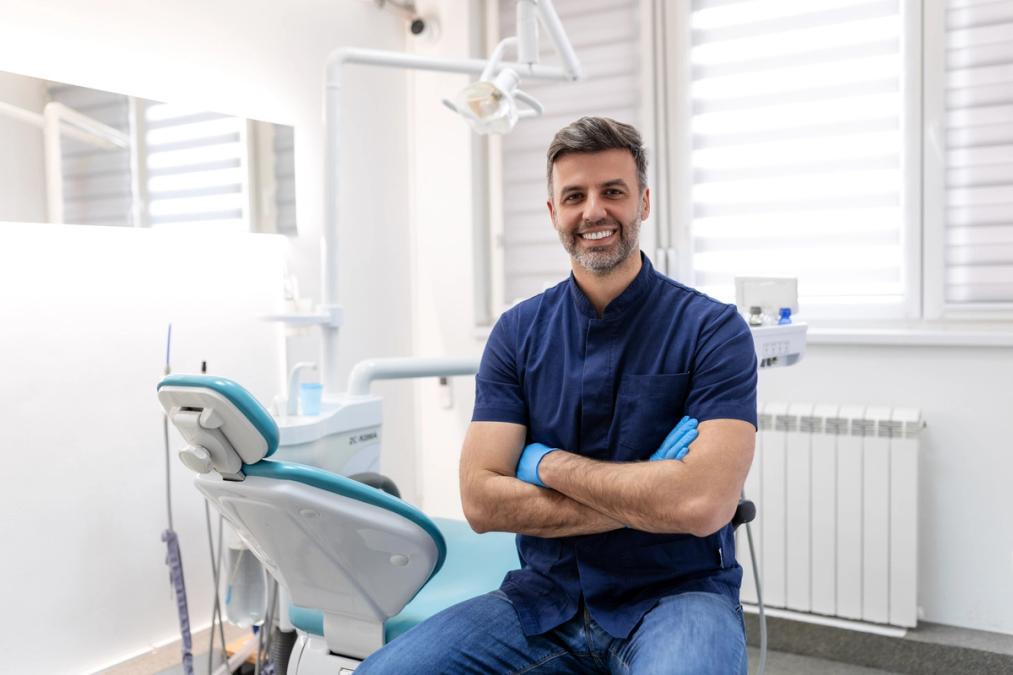

Open Weekdays 7AM - 7PM and Saturdays!

Published on Sep 26, 2025 | 6 minute read

If your mouth could send calendar invites, your comprehensive dental exam would be the recurring meeting that keeps everything on track. It’s not dramatic; it’s dependable. Comprehensive Dental Exams are how small dental issues stay small and how your whole-body health gets a quiet boost from a healthy mouth. Think of them as a roadmap, not a pop quiz—designed to catch changes early, guide smart choices, and help you feel confident about what’s next.
A true comprehensive exam goes well beyond counting teeth. Your clinician evaluates your gums, checks for cavities and cracked or worn enamel, assesses previous dental work, and reviews your bite (the way your teeth meet). They also screen for oral cancer and examine your TMJ (jaw joints), your airway indicators, and signs of teeth grinding. Comprehensive Dental Exams often include digital X-rays or other images, which reveal decay between teeth, bone levels, and hidden infections that aren’t visible to the eye.
Expect a review of your medical history and medications, because certain conditions—like diabetes, dry mouth, reflux, or autoimmune concerns—can influence your dental plan. The goal isn’t to overwhelm; it’s to connect the dots so your mouth gets care that fits your body and your life.
Mouths are dynamic. Enamel wears, gums respond to inflammation, and fillings age. Comprehensive Dental Exams create a baseline, then track changes over time. When your dentist spots a tiny shadow on an X-ray or early gum irritation, they can recommend small, noninvasive fixes. Catching a hairline crack before it becomes a full fracture makes the difference between a conservative onlay and a rushed crown or extraction later. Early detection saves time, money, and tooth structure—simple as that.
Most adults do well with Comprehensive Dental Exams every 6–12 months, paired with regular cleanings. If you have periodontal concerns, a history of decay, dry mouth related to medications, or wear from grinding, your dentist may recommend more frequent exams. Kids and teens also benefit—especially as permanent molars erupt or orthodontic changes shift the bite.
Today’s exams often use digital sensors (for sharper images at lower radiation), intraoral cameras (so you can see what the dentist sees), and cavity-detection tools that highlight early demineralization. The benefit for you: more precise information and more collaborative decisions. Comprehensive Dental Exams aren’t about finding problems; they’re about spotting patterns.
Think of your daily routine as “act one,” and the exam as “act two.” Brushing twice a day with a soft brush and a fluoride toothpaste, flossing or water-flossing nightly, and limiting frequent snacking create an environment where exams turn into quick check-ins rather than repair sessions. Sip water throughout the day, especially if your mouth feels dry or you’re an avid coffee fan.
Preventive exams are widely recognized as a cornerstone of oral health. They’re associated with earlier disease detection, fewer emergency visits, and more conservative treatment needs over time. Routine comprehensive evaluations also support systemic wellness by managing chronic oral inflammation, which is linked to broader health concerns. In short, regular Comprehensive Dental Exams help protect both your smile and the rest of you.
When exams are consistent, you avoid the cycle of waiting, worrying, and rushing. Comprehensive Dental Exams deliver predictable, data-informed care—no guesswork. They help keep restorations working longer, guard against gum disease flare-ups, and maintain a natural, comfortable bite.
When you’re ready to put a simple, effective plan behind your oral health, schedule your Comprehensive Dental Exam at Northcross Dental Care. Call 704-420-6900 or visit us at 10011 Biddick Lane Suite 140, Huntersville, NC 28078 to book an appointment that prioritizes your long-term comfort and confidence.